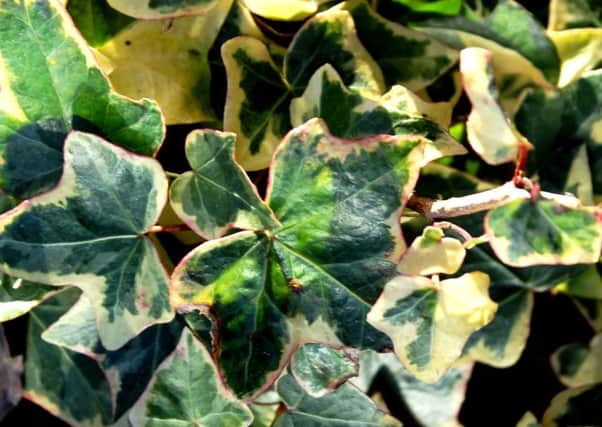Join the ivy league


And yet I can’t help but think that it’s a family which is the king of the woodland, because ivy can, and does, clothe the woodland floor, clamber up trees to the sky, provide food and protection for numerous birds and insects, and, when planted in the garden, gives us year-round colour and interest.
Yes, there are some forms of ivy which are the very devil of a job to keep under control. The large-leaved Hedera colchica ‘Dentata Variegata’ is a prime example – with its huge, variegated leaves, it can soon cover an entire building.
Advertisement
Hide AdAdvertisement
Hide AdOther ivies, however, are more restrained and suitable for the average home. Take the fine-cut-foliaged H helix ‘Bill Archer’. It doesn’t shout, but it has presence.
People love the shape of ivies and their ability to grow anywhere and in the most unpleasant of conditions. They will cover eyesores, soften sharp edges, spread out on soils where little or nothing else will grow.
Cultivate several varieties close together so that they will combine to form living communities of differing colours and shapes. Grow them up walls, on the ground, through hedges, in pots and hanging-baskets. There is always at least one variety for every site and situation.
If you want an ivy to choke out weeds, then grow H hibernica, but don’t be surprised when it continues to grow when its work is done. To cover a slope, use H helix ‘Green Ripple’.